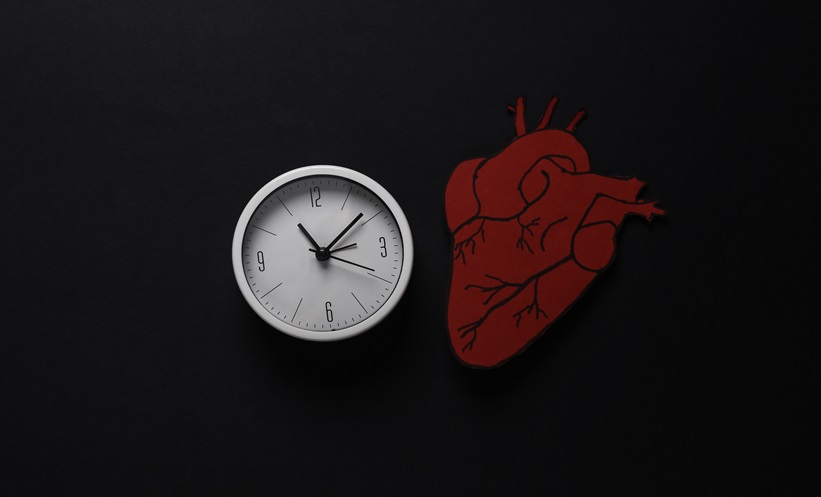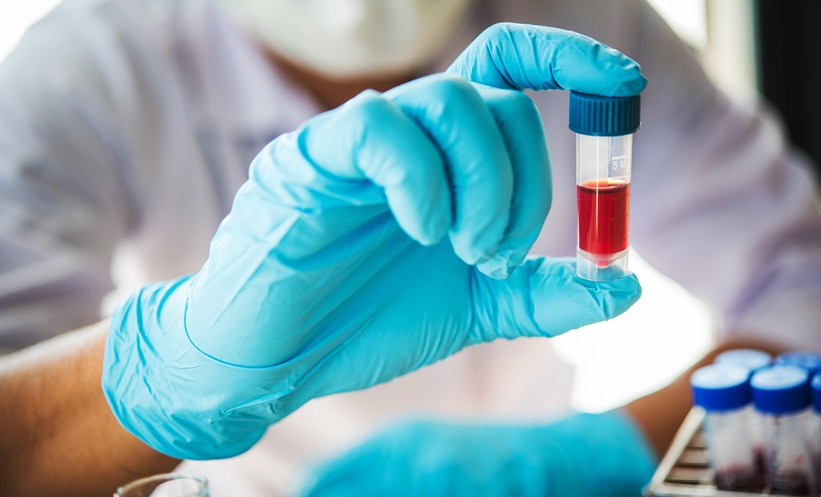Abstract
Background: The global burden of coronary heart disease (CHD) is estimated to be the highest on the Indian subcontinent. The pathophysiology of this increased risk is complex, multifactorial, and its magnitude increases with migration from India to Britain. Haemoglobin disorders, which also frequent this ethnic group, have been linked to cardiovascular disease. We investigated the impact of migration and nutritional intake on haematological parameters amongst South Asians, with a focus on their relation to molecular indices of oxidative atherogenesis.
Methods: Haematology, diet, oxidised low-density lipoprotein (LDL), and serum paraoxonase activity were measured in 230 migrant Indian Gujaratis (Britain), and 305 matched contemporaries living in rural villages (India).
Results: Median levels of haemoglobin were higher amongst migrant men (14.5 µmol/l) compared to rural men (15.0 µmol/l, P=0.004) and higher in migrant women (12.7 µmol/l) compared to rural women (11.8 µmol/l, P<0.001). Irrespective of site, haemoglobin levels in South Asians were positively associated with high blood pressure, high serum cholesterol, low high density lipoprotein (HDL) cholesterol levels, and increased CHD risk scores (P<0.001). Haemoglobin concentrations were higher amongst migrants compared to rural contemporaries (P<0.001). In rural women, red cell volume was lower, and co-ordinated with lower levels of oxidised LDL compared with migrant women (P<0.001). On multivariate analysis, haemoglobin was independently associated with oxidised LDL (P=0.001) and paraoxonase activity (P=0.025).
Conclusion: Levels of haemoglobin were independently associated with indices of atherogenesis in our populations of rural and migrant Indians. Iron availability may underline the pathogenesis for the oxidative modification of LDL in this group.
Please view the full content in the PDF above.






